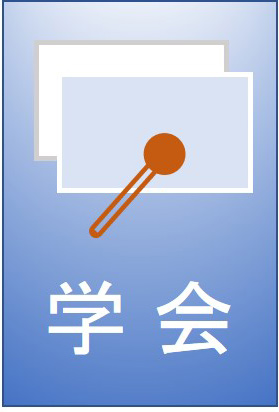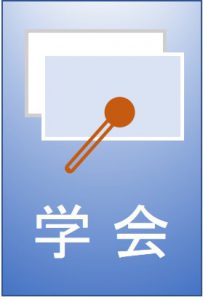International Workshop on Recent Progress in Superconductivity 2022 (IWRS2022)で招待講演しました。
 「International Workshop on Recent Progress in Superconductivity 2022」
「International Workshop on Recent Progress in Superconductivity 2022」
IWRS2022で、清水克哉教授が招待講演しました。
< 開催日時 >
2022年8月9日 ~ 8月11日
< 開催場所 >
Yongpyong, Korea
オンライン形式
< IERS2022 ホームページ >
IWRS 2022 (google.com)
< 発表内容 >
Synthesis Pathway of Superconductive Hydride (Invited)
Superconductivity exceeding 200 K was recently reported in the highly compressed hydrides [1-3]. Here we report the investigation of the superconductivity of them by several synthesis methods. An originally designed transport preparation in the gasket was used in a laser-heating diamond-anvil cell (DAC). In the case of sulfur hydride which was synthesized by a low-temperature pathway (compression at low temperature ~ 200 K) and showed superconductivity with the transition temperature of 200 K at around 150 GPa [1]. We found that the superconductive hydride was synthesized through the chemical reaction of 3H2S → 2H3S + S, by IR laser heating. The in-situ structural confirmation was conducted by using the synchrotron x-ray in SPring-8 [4]. This method, so-called “direct synthesis” opened the new pathway for the synthesis and was widely used for the synthesis of superconducting hydrides, for example, lanthanum-hydrides with elemental hydrogen [2] and hydrogen source material [3]. Our current experimental detail of the synthesis pathway will be reviewed.
keywords : superconductivity, hydride, laser heating, low temperature, DAC
[1] A. P. Drozdov et al., “Conventional superconductivity at 203 kelvin at high pressures in the sulfur hydride system”, Nature 525, 73 (2015).
[2] A. P. Drozdov et al., “Superconductivity at 250 K in lanthanum hydride under high pressures”, Nature 569, 528 (2019).
[3] M. Somayazulu et al., “Evidence for Superconductivity above 260 K in Lanthanum Superhydride at Megabar Pressures”, Phys. Rev. Lett. 122, 027001 (2019).
[4] H. Nakao et al., “Superconductivity of Pure H3S Synthesized from Elemental Sulfur and Hydrogen”, J. Phys. Soc. Jpn. 88, 123701 (2019).
* This work was supported by JSPS KAKENHI Grant Number 20H05644.

